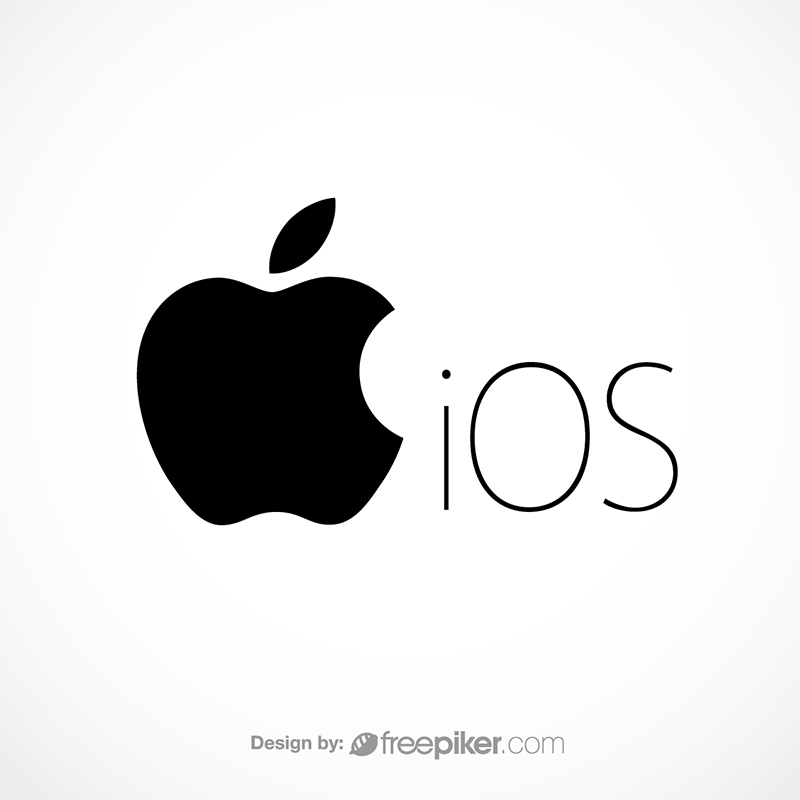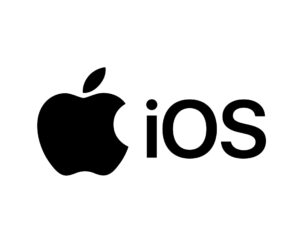
[ad_1]
The world of mobile applications is ever-evolving, and with millions of apps available in the Apple App Store, the barrier to entry for iOS app development has never been lower, yet the competition has never been higher.
If you’re an aspiring developer or entrepreneur looking to bring your iOS app idea to life, understanding the entire journey from concept to code is crucial. This article dives deep into the process, breaking it down into manageable steps.
1. Introduction
In this digital age, navigating the iOS app development journey can be overwhelming. This guide will take you through every phase, from the initial concept to the final code, ensuring that you understand how to create an app that is both functional and market-ready.
2. Understanding the iOS Ecosystem
2.1 Overview of iOS Development
Before diving into the specifics, it’s essential to grasp the landscape of iOS development. Apple’s iOS is known for its robust security features, user-friendly interface, and seamless integration with other Apple products.
2.2 Key Tools and Technologies
To create a successful iOS app, familiarize yourself with:
-
- Xcode: The Integrated Development Environment (IDE) for iOS development.
-
- Swift: The programming language commonly used for iOS applications.
-
- Cocoa Touch: The framework that provides the necessary infrastructure for your app.
3. Ideation: Crafting Your App Concept
3.1 Identifying a Problem
Every great application starts with a unique problem that needs to be solved. Conduct surveys, interviews, or focus groups to unearth real challenges faced by users.
3.2 Evaluating Market Trends
Research current trends in the app market. Tools like Sensor Tower or App Annie can provide insights into what types of applications are gaining traction and why.
3.3 Defining Your Target Audience
Understanding who will use your app is fundamental. Create user personas to visualize the demographics, habits, and challenges faced by your potential users.
4. Designing Your App
4.1 UX/UI Design Principles
User Experience (UX) and User Interface (UI) design are critical in ensuring that users have a pleasant experience. Focus on simplicity, coherence, and accessibility throughout the design process.
4.2 Creating Wireframes and Prototypes
Wireframes act as blueprints for your app, showcasing layout and interface elements. Use tools like Sketch or Figma for this process. Prototypes can be tested for usability and navigation before crossing into development.
4.3 Building a Design System
A design system maintains consistency across your app. Document color schemes, typography, and button styles, which will guide development and ensure a cohesive user experience.
5. Development Preparation
5.1 Setting Up Your Development Environment
Install Xcode on your Mac and familiarize yourself with its interface. Set up a new project template that suits the needs of your app.
5.2 Selecting Your Tech Stack
While Swift is essential, consider other tools and libraries that might improve development efficiency. Popular frameworks include:
-
- UIKit: For building your app’s user interface.
-
- Core Data: For data management and persistence.
6. Coding Your App
6.1 Learning Swift: The Language of iOS
If you’re new to coding, take some time to learn Swift. Documentation from Apple and online platforms like Codecademy or Udemy can help you get started.
6.2 Structuring Your Code
Organizing your code is vital. Use the Model-View-Controller (MVC) architecture for managing your app’s logic, making it easier to navigate and maintain.
6.3 Implementing Features and Functionality
Break down the coding process feature by feature. Begin with core functionalities, testing each one as you incorporate additional capabilities.
7. Testing Your App
7.1 Types of Testing
Conduct various tests, including functional, performance, security, and usability testing.
7.2 Using TestFlight for Beta Testing
Distribute your app for beta testing using TestFlight. This allows you to gather valuable user feedback before launching officially.
8. Launching Your App
8.1 App Store Guidelines
Familiarize yourself with Apple’s App Store guidelines to increase the chances of your app being accepted. Pay attention to quality, privacy, and performance aspects.
8.2 Marketing Strategies
Create a marketing plan that involves social media, press releases, and collaborations. Leverage the release of your app to generate buzz and attract downloads.
9. Post-launch and Maintenance
9.1 Monitoring App Performance
Use analytics tools like Firebase to track user engagement and performance metrics. This information is crucial for understanding how your app is received in the marketplace.
9.2 Regular Updates and Improvements
The app’s journey doesn’t end after launch. Regular updates based on user feedback and ongoing market trends will keep your app relevant and engaging.
10. FAQs
What is the most important part of the iOS app development process?
The most crucial part is identifying a problem that your app will solve, as this validates the need for your product.
Do I need to know programming to develop an iOS app?
While knowing Swift (or Objective-C) is essential for coding, you can explore no-code and low-code platforms if you’re not a developer.
How long does it take to develop an iOS app?
The timeline varies significantly based on complexity, but a basic app can take anywhere from a few weeks to several months.
Can I publish my app on the App Store for free?
While registering for an Apple Developer account has a fee, once you’re a member, you can publish apps at no additional cost.
What should I consider for app monetization?
Consider various models such as in-app purchases, subscriptions, ads, or a one-time purchase fee, depending on your app’s target audience.
How can I protect my app idea?
While you cannot copyright ideas, you can consider non-disclosure agreements (NDAs) and consult a legal advisor to protect your intellectual property.
Conclusion
Navigating the iOS app development journey—from concept to code—requires careful planning, dedication, and a willingness to adapt. By understanding each phase of the process, you can create an app that not only solves real-world problems but also resonates with users.
Whether you’re developing an app for fun or for business, these steps will help guide you towards a successful launch. Happy coding!
[ad_2]






